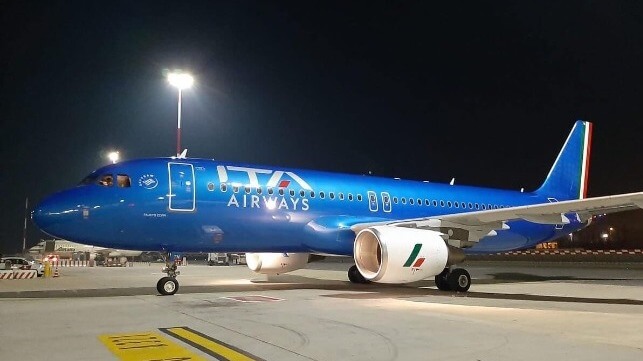The Steady Emergence of Sea and Air Freight Integration

A week ago on LinkedIn, an industry observer rekindled a decades-old debate on the economics of using airships for shipping freight. The idea is that airships would require far less infrastructure to operate and are capable of shipping cargo to remote inaccessible areas. Arguably, such a mode of shipping would help skirt multiple infrastructural constraints fueling the supply chains impasse.
Realistically, the haulage cost per unit would be many times higher than that of conventional boxships, but the idea is not as far-fetched as it appears. A French startup, Flying Whales, hopes to fly its first cargo airship in 2023. Its LCA60T design would have the capacity to carry up to 60 tonnes of goods (two fully laden 40-foot containers) and travel up to 62 miles per hour. The project made headlines following recent investments by China and Canada to develop zeppelins for Arctic and remote shipping, where deep-water ports may be unviable.
This interest also shows the potential for the intersection of air freight with lower-cost seagoing transport methods. Traditionally, seaports and airports are not integrated, as they are seen to cater to different supply chains. That is, high value goods are suitable for airfreight and bulk commodities for maritime transport. Thus, these two sectors were not highly connected. However, in this current moment of supply chain disruptions, it has become markedly evident that air and sea freight can be an extension of each other. Seaport bottlenecks aggravated by the COVID pandemic have spurred many ocean carriers to view aviation as an indispensable component of maritime logistics.
This interest extends to passenger operations as well. This week, MSC - now the world’s largest container line - teamed up with Germany’s Lufthansa in a bid to acquire Italy’s ITA Airways, the successor of Alitalia.
“It’s a curious one. You’d expect them to make acquisitions in the field of air cargo, not air passengers,” Peter Sand, Chief analyst at Xeneta, told Bloomberg News.
In response, Alfredo Altavilla, the Executive Chairman of ITA said, “MSC could materially boost its business, making its cargo shipping interoperable worldwide through an owned airline like ITA. Acquiring ITA would also benefit MSC’s cruise-line business, enabling it to move its passengers to terminals.”
MSC’s foray into the aviation business comes months after rivals A.P. Moller- Maersk and CMA CGM made significant investments in air freight operations. As many ocean carriers reinvent their business model, the need to be become an end-to-end logistics provider is forcing them into the airfreight business.
The fact that it is the ocean carriers leading this sea and air logistics integration is quite transformational. Both industries rely heavily on documentation, and when connected to each other within the same corporate structure, it may become easier to coordinate cargo shipping arrangements internally. Air and sea freight services will be domiciled under one entity, giving shippers more alternatives on either mode depending on shipping circumstances (urgency and disruption of maritime transport) and type of cargo.
Jean-Paul Rodrigue, a Transport Economics Professor at Hofstra University, has highlighted the example of freight traffic patterns in Dubai. Due to its advantageous location, Dubai has emerged in recent years as a leading hub for combined sea/ air logistics. According to the available data, of the three million tons of cargo that Dubai airports handled in 2015, 10 percent was related to sea/air logistics.
The opinions expressed herein are the author's and not necessarily those of The Maritime Executive.
